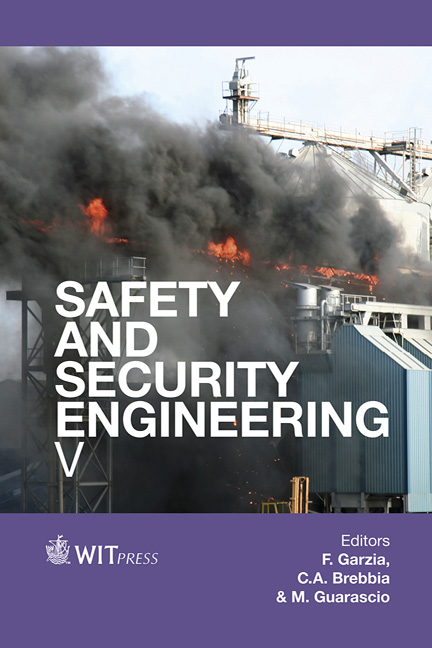Prevalence Of Respiratory Symptoms Associated With Outdoor And Indoor Air Pollution In Bogota 2012
Price
Free (open access)
Transaction
Volume
134
Pages
12
Page Range
713 - 724
Published
2014
Size
439 kb
Paper DOI
10.2495/SAFE130641
Copyright
WIT Press
Author(s)
R. Sarmiento-Suárez & K. Medina
Abstract
Bogota is one of the most polluted cities in Latin America, increasing the prevalence of respiratory symptoms in children under five. As the most unequal city in the region, there is a direct gradient between socioeconomic and environmental inequalities. The aim of the study was to know the impact of indoor and outdoor pollution of respiratory disease in children under five in Bogota. A cross sectional study was developed in kindergartens of 15 localities in Bogota, divided into two groups according to exposure level to air pollution. 5407 children under five were selected by two-stage random sampling. A survey instrument based on an ISAAC questionnaire was applied to identify associated factors to respiratory outcomes. Statistical analysis included descriptive x2 test and logistic regression by PSPP. Deprived zones of Bogotá were the most affected areas. Wheezing during exercise was associated with outdoor pollution plus unpaved roads (1.68, 1.18–2.38); last year wheezing to indoor factors as second hand smoke (1.82, 1.32–1.79), dampness (1.32, 1.01–1.74) and in-home factory (1.41, 1.02–1.96); dry cough at night to second hand smoke (1.49, 1.12– 1.98) and proximity of chimneys (1.43, 1.11–1.86). Main predictors for respiratory disease were related to indoor air pollution and social vulnerability, although outdoor pollution was relevant to wheezing during exercise. Second hand smoke is a significant factor in the burden of disease in children under five. Public health policies in Bogotá should address not only outdoor pollution, but also housing inequalities. Keywords: asthma, respiratory disease, indoor air pollution, outdoor pollution, second hand smoke, dampness, children.
Keywords
asthma, respiratory disease, indoor air pollution, outdoor pollution, second hand smoke, dampness, children





